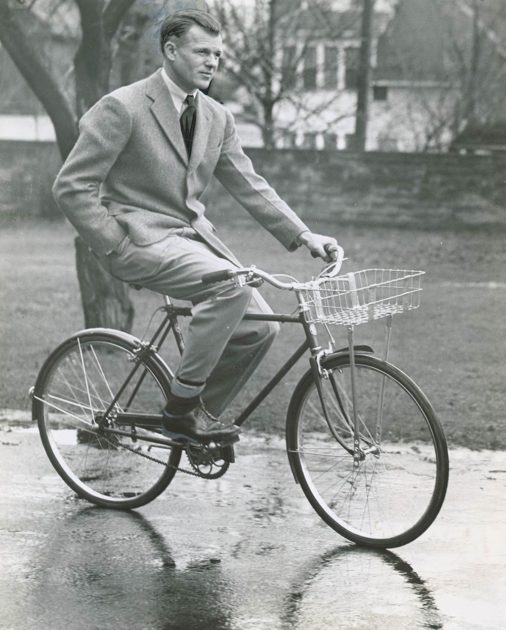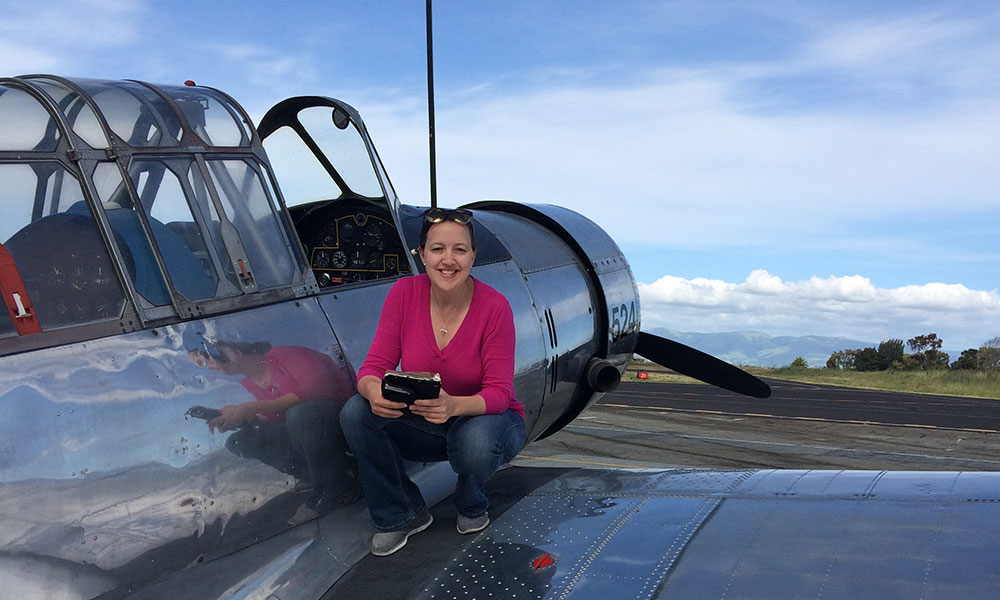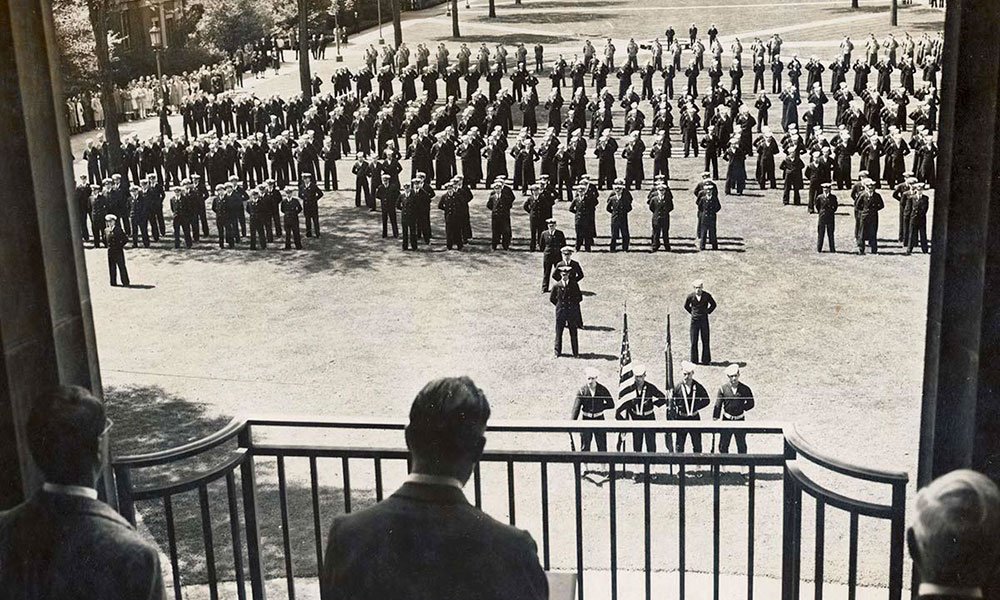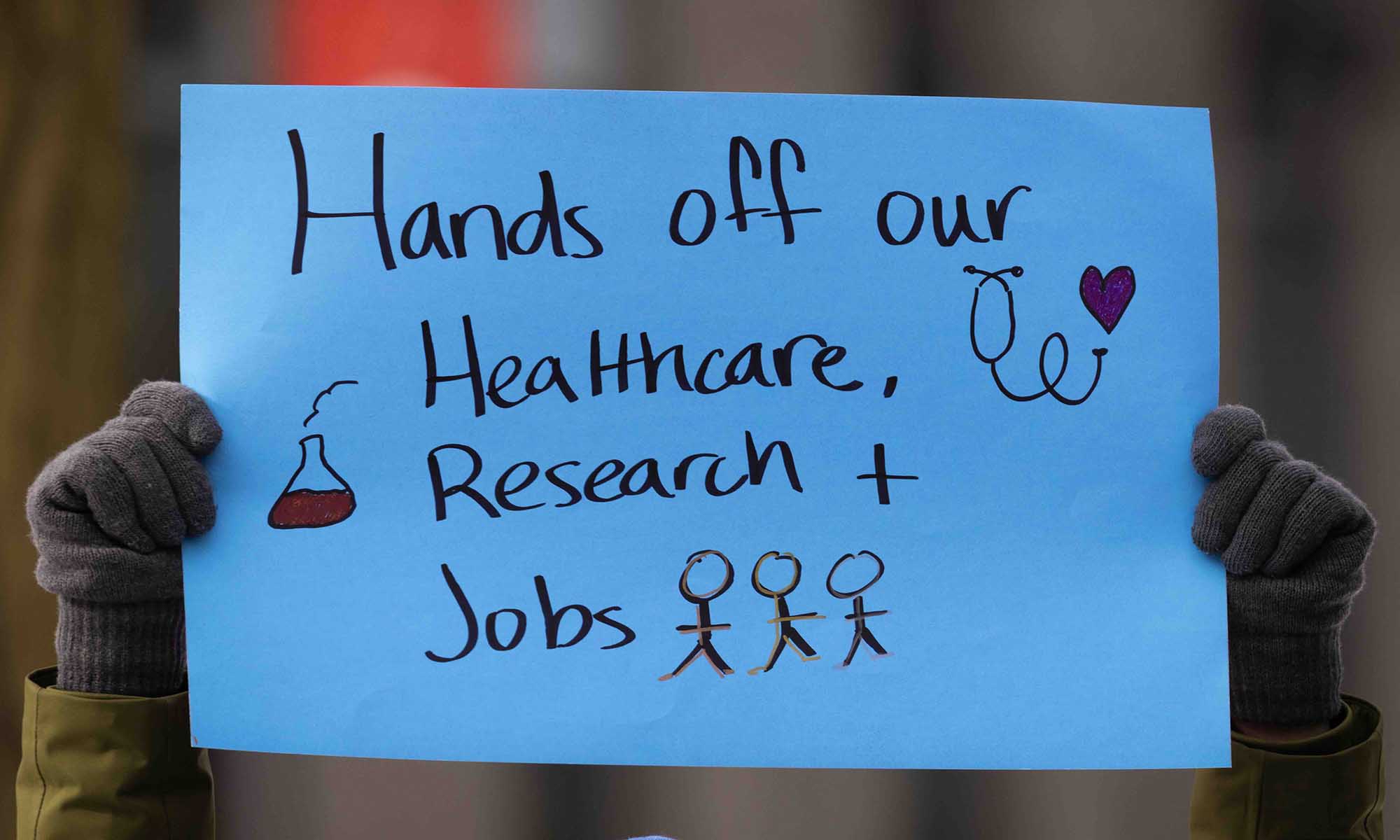As war raged in Europe in the late 1930s and early 1940s, one theme was constant: the University of Rochester wanted no part in it.
“The ideals of a University are the ideals of peace,” said University president Alan Valentine. “The use of force is in itself wrong and provides no solution. To send American troops to fight in Europe or Asia is pure mid-summer madness.”
Robert Zwierschke ’39 echoed those thoughts in a student newspaper editorial his senior year.
“Young men have no burning desire to act as receivers for machine gun fire,” Zwierschke wrote.
Everything changed on Sunday, December 7, 1941, when the Japanese attacked the US military base at Pearl Harbor, Hawaii, killing 2,403 Americans. The following day, President Franklin Roosevelt declared war on Japan. A few days later, the country was at war with Germany and Italy.
Virtually overnight, faculty, students, and administrators seemed to speak with one voice, summed up in a stark reversal from Valentine: “Previous differences of opinion are now past history. The University will not fail in meeting its responsibilities.”
In many ways, life on campus would continue as it did before the war. Plays were performed, concerts and lectures were held. Betty Sharpe ’42, a music major from Ohio, was crowned May Queen of 1942. Twenty-eight students were elected Phi Beta Kappa. Helen Rose ’43 was selected Students’ Association president.
But the four years following Pearl Harbor would be among the most challenging, heartbreaking, and sobering in University history.
Draft boards allowed most male students to stay in school through the fall 1941 semester, but the University announced an accelerated degree plan, condensing four years of instruction into three. That included a full summer term, which had an impact on students who planned to work during those months to pay for their college tuition. Valentine announced that the junior class would now graduate by February 1, 1943.

Within two months of the Pearl Harbor attack, five University professors were called to active duty, in fields ranging from radiology to ophthalmology. They would be joined by hundreds of students who enlisted or were called to serve.
Other changes were afoot—and on bicycle. With food and gasoline rations mandated across the country, Valentine and a handful of professors tried to set an example by riding bicycles to and from work. Students on the River Campus and the Medical Center were chosen as “spotters,” watching for enemy aerial raiders and incendiary bombs. City-wide blackouts—test runs for possible air attacks by enemy forces—were announced at the campuses by a whistle on the powerhouse and the tolling of the chimes at Rush Rhees Library. When an alarm sounded, students with first aid training rushed to the gymnasium, firefighters gathered in the library basement, and all others sought shelter at the nearest available building, where lanterns were supplied.
Students surrendered their rooms in Crosby Hall to 80 Navy men being trained as photographic technicians at Eastman Kodak in Rochester. Another 34 Army aviation cadets were housed and drilled at the College.
Before Pearl Harbor, administrators and students had frowned upon the idea of having a Reserve Officers Training Corps (ROTC). Nine days after the attack, the Board of Trustees authorized (and approved) an immediate search into the viability of having an ROTC on campus. The University also was among 131 colleges and universities to participate in the V-12 Navy College Training Program, which began in 1943 and was designed to supplement the number of commissioned Navy officers. When a V-12 unit was assigned to the University in 1943, the carillon atop Rush Rhees Library played “Anchors Aweigh” and “Praise God from Whom All Blessings Flow.” Dewey Hall’s first floor was converted into Navy headquarters. Several V-12 students helped the Yellowjackets football team to a 6-1 record in 1943, while the men’s basketball team of 1943-44, composed almost entirely of sailors and Marines, went 11-4.
By war’s end, more than 1,500 V-12 students had called Rochester home. During this period, some male civilians too young for military duty or physically disqualified attended the University’s College for Women on Prince Street.
The cost of war could scarcely be calculated in the loss of lives. A plaque dedicated in 1996 by World War II veterans (and housed in Wilson Commons) lists 57 University students who died in World War II. Arthur May, professor of history and University historian, speculated that at least 72 students from the College, the School of Medicine and Dentistry, and the Eastman School of Music were killed. The first was Zwierschke, the history major who had echoed America’s pre-war isolationist mood in his newspaper editorial. On May 7, 1942— exactly five months after the attack on Pearl Harbor—Zwierschke was serving as an ensign on the USS Lexington aircraft carrier when it was torpedoed and sunk by the Japanese navy during the Battle of the Coral Sea.
Bruce Beghold ’47 only completed one term at the University before entering the army in January 1944. Seven months later, he was dead of wounds suffered during the Normandy invasion.
Norbert Schulz ’45, who had long dreamed of becoming a doctor, was inducted into the army one month before his graduation ceremony. On March 30, 1945, he was struck by shrapnel on a battlefield in Germany while trying to reach a wounded soldier. He died the following day, after which his grieving family established the Norbert C. Schulz Memorial Fund at the University. The family decided not to restrict use of the $1,000 gift, but to leave it to University officials “to utilize in the way they think will best perpetuate his memory.”
Norbert Schulz was 22.
Read more
 Bringing recognition to forgotten group of women veterans
Bringing recognition to forgotten group of women veteransTiffany Miller ’00 and her family worked for years to overturn a ruling that prohibited World War II Women Airforce Service Pilots—known as WASPs—from being buried at Arlington National Cemetery. President Barack Obama signed their bill into law in 2016.
 Institute of Optics specialized in devices for night warfare
Institute of Optics specialized in devices for night warfareBy the time the United States formally entered World War II, Brian O’Brien and his colleagues at the Institute of Optics had “essentially initiated the whole science of night warfare.”





